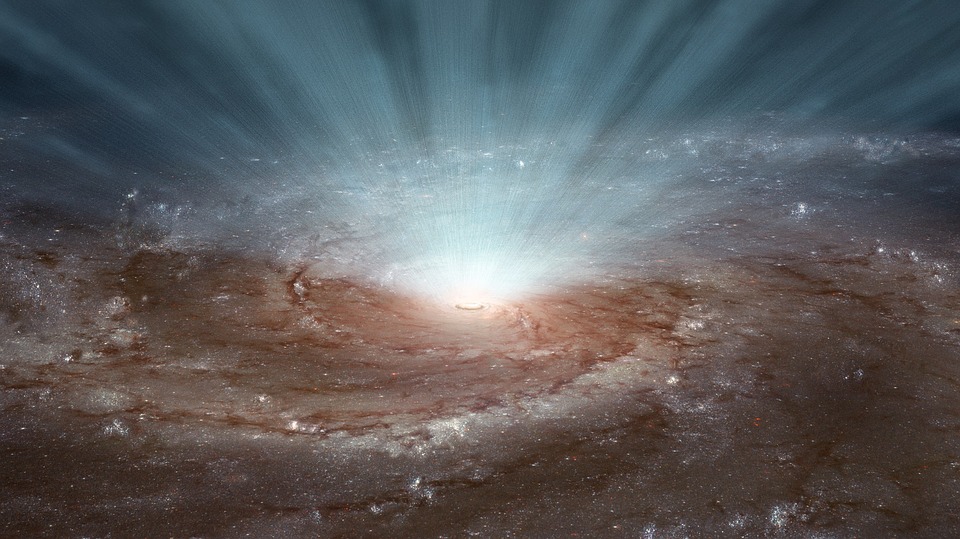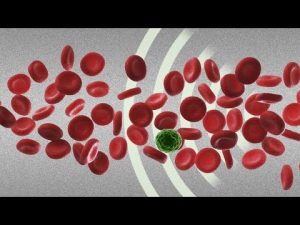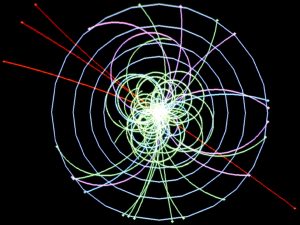In their continuous efforts to explore the universe, scientists for the third time have detected gravitational waves. Two black holes while fusing into one jumbo black hole with a mass approximately 49 times that of the sun in our solar system spurred the spacetime wriggles. Ripples from the merger, which happened nearly 3 billion light-years away from Earth, reached the Advanced Laser Interferometer Gravitational-Wave Observatory, LIGO, at the speed of light. These ripples were detected on January 4, this year. However, their discovery was announced at a news conference on May 31 and was pegged to be one of the most powerful astronomical events experienced by human beings.
Emissions Create Large Gravitational Waves: Study
The two detectors of LIGO two detectors, which are located in Hanford, WA and Livingston, LA, consist of a pair of four-kilometer-long arms. They act as gigantic rulers for measuring the stretching of spacetime caused by gravitational waves. The amplitude of gravitational ripples is usually small. Blackhole collisions are among the few events in the universe that create spacetime gyrations large enough to detect.
The thing that went in favor of the scientists is that the two black holes that emitted the latest waves were colossal, with masses about 19 and 31 times the sun. The formation of such big black holes still remains a mystery to astrophysicists. LIGO’s first detection, dated September 14, 2015, featured an even bigger duo: 29 and 36 times the mass of the sun. The second detection, discovered on December 26, 2015, came from two smaller black holes, eight and 14 times the mass of the sun.




Be First to Comment